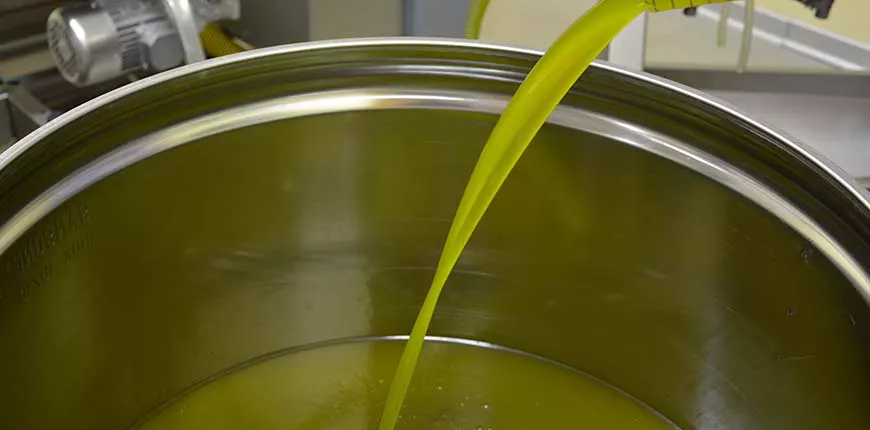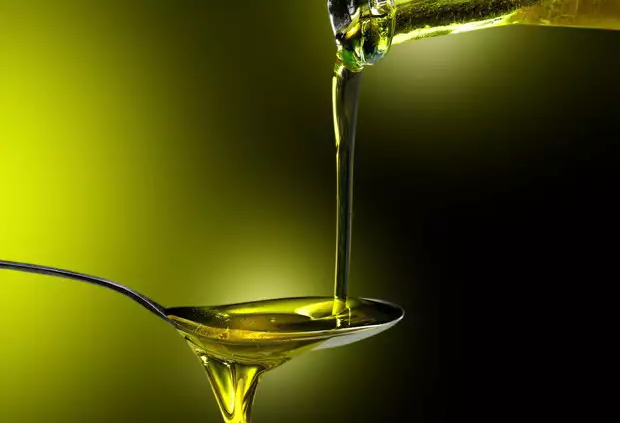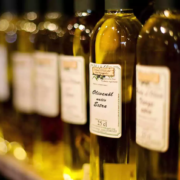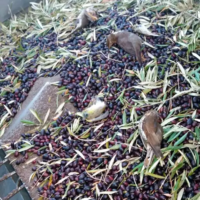Pan-fried mild olive oil for the German consumer
The free market for olive oil is not functioning properly. The connoisseurs are frustrated: Many customers do not understand the simplest things – that a good oil tastes bitter and grassy, and not mild and buttery. But the people who buy in the supermarket want the oil to be mild.
“We’ve only got as far as we did with wine thirty years ago,” moans Richard Retsch, a connoisseur, namely the head of the gourmet and taster association “Deutsches Olivenöl Panel”. He says on the sidelines of a big novelty tasting in the exhibition halls of Nuremberg: “The discrepancy between expert and mass taste is huge.”
Yet the experts have long since precisely defined what has to be good and bad. There is a questionnaire on which the gourmets note down all kinds of characteristics of the oils. Stingy, muddy, musty, aroma of wet wood, rancid: if only one of these notes can be tasted, the olive oil fails outright. Then it must no longer be called “extra virgin”. That is the highest quality class. The state requires such tests: at least eight experts have to do the taste test, and a number of laboratory values have to be correct, then an oil is also “extra virgin” or “extra virgin”.
For gourmets, that’s the least they can do. One of them, Richard Wolny, explains what flavours make an outstanding oil: “I can tell what the aroma is, whether the oil tastes like artichoke, green tomato, green banana, freshly cut grass.”

Demand for mild olive oil poisons the market
It is a big market. There are 3.3 million tonnes of fresh olive oil in the world every year. A farmer gets around 3 euros per litre for it, a little less in Tunisia and Greece, a little more in Italy. A bottle of pure, one hundred percent extra virgin oil costs the consumer at least 13 euros at the wine merchant or in online shipping. In the supermarket, you can get a litre for just over four euros – how can that work?
There are many figures on this market, but also many oddities. For one thing, the information on the labels is usually unclear. If it does not say that the olives are from the country of production, but only an Italian brand name, it is pretty certain that they contain blends. Italy harvests just about as many olives as its own population consumes – yet it is the world’s largest producer and also exporter of olive oil. Some of the oil or olives are imported beforehand, from Tunisia, Morocco, Greece, and – legally or not – relabelled.
The second oddity concerns quality standards. An oil sold as “extra virgin” does not have to be full and of the best quality. The mishmash is the rule. Large oil producers like Bertolli and Nestlé profit from consumers’ ignorance. After all, “extra virgin” is a category characterised by many taste features, mechanical pressing and a maximum content of fatty acids. However, it may well contain a high proportion of inferior oils. If a manufacturer mixes, say, 10 per cent excellent olive oil with 90 per cent tasteless, chemically refined third-rate olive oil, the end product still tastes “extra virgin” and passes the test.
“Unblended, the litre should cost at least 13 euros”.
A large part of the oils sold by Rewe, Aldi, Lidl and others are likely to be such blends. “Otherwise they would have to cost at least 13 or 15 euros per bottle,” explains an industry expert. That is easy to understand, since the producer already receives 3 euros for the litre.
Where there is a lot of confusion, independent experts have an important role to play. Stiftung Warentest is one of them. Most recently, it surprised in January when it published an olive oil test in which the mass producers were described as premium brands and the quality producers were downgraded to “pure taste winners”.







